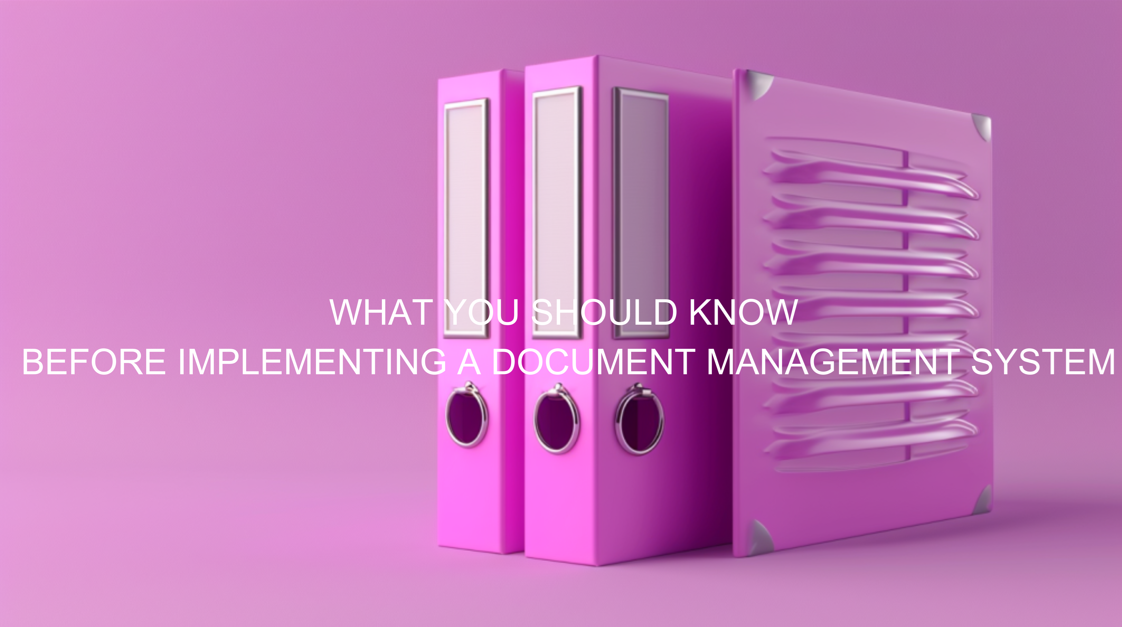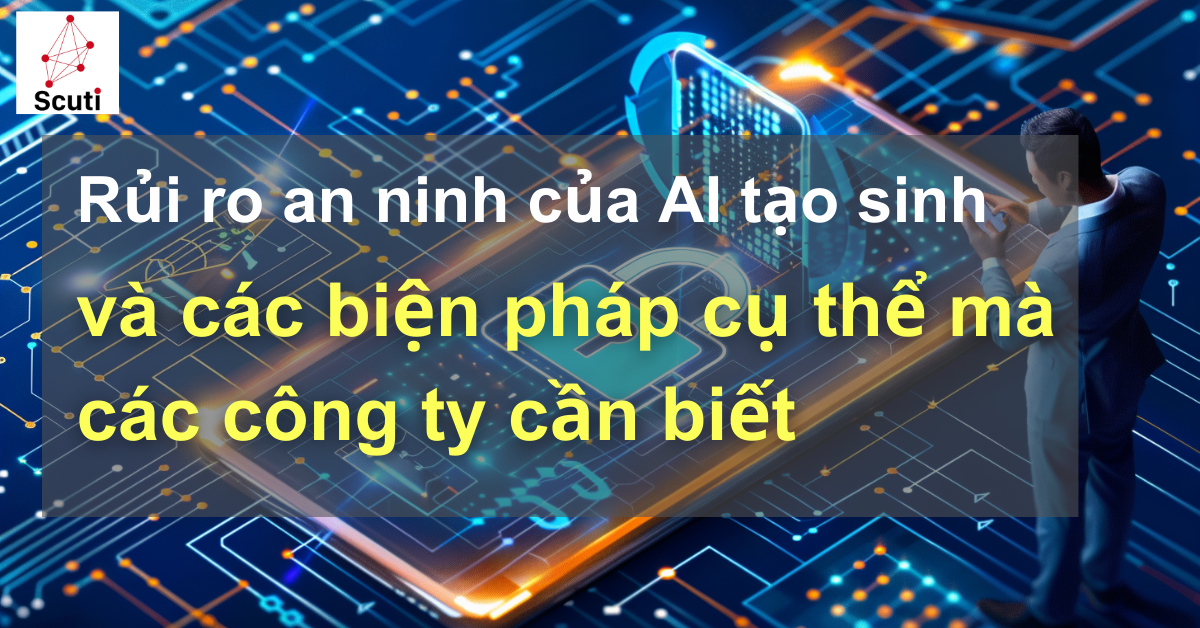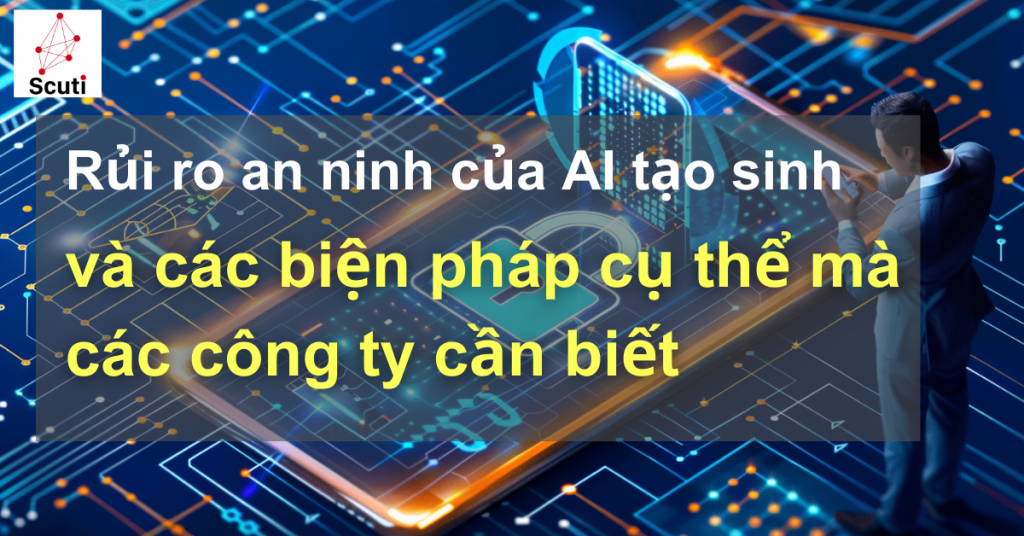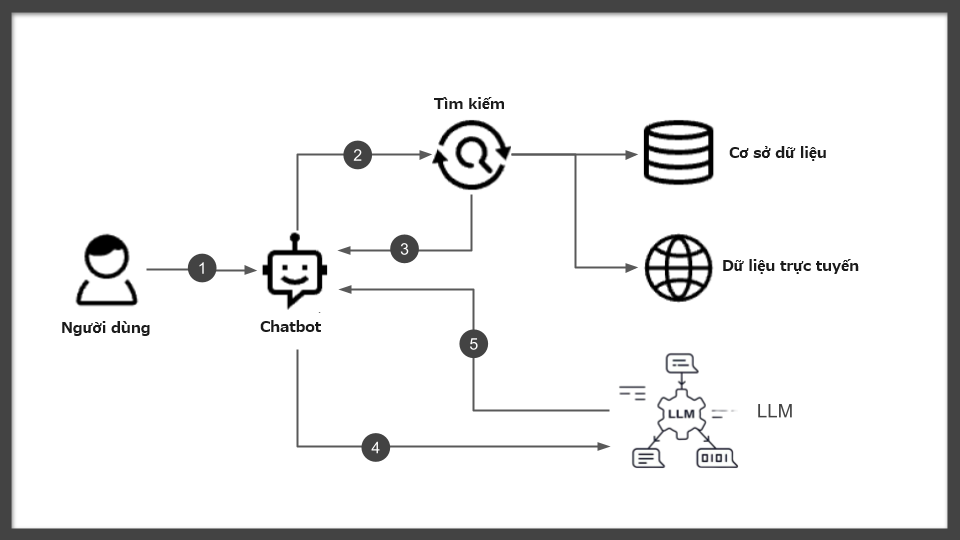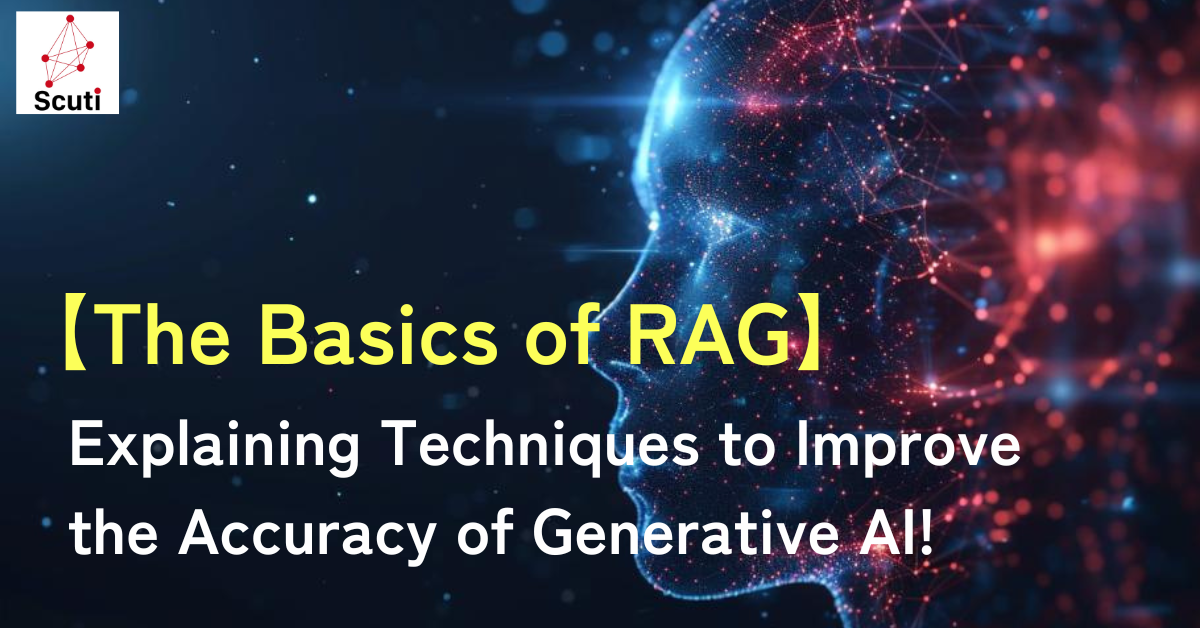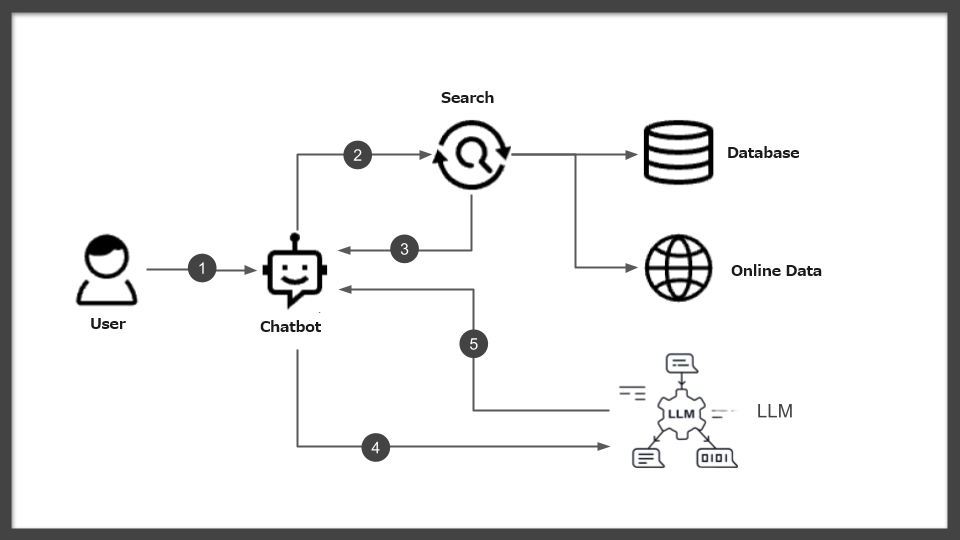Greetings,
I am Kakeya, the representative of Scuti Jsc.
At Scuti, we specialize in offshore and lab-based development in Vietnam, leveraging the power of generative AI. Our services include not only development but also comprehensive generative AI consulting. Recently, we have been privileged to receive numerous requests for system development integrated with generative AI, reflecting the growing demand for innovative AI-driven solutions
Document management is an essential tool that supports both the efficiency of business operations and the protection of information. In today’s business environment, as digital transformation progresses, the digitalization of documents has become an inevitable trend.
Document management is designed to streamline the creation, storage, access, and management of documents, enabling companies to utilize information more effectively. Especially in industries with strict legal requirements and regulatory compliance, proper document management is crucial for enhancing operational transparency and improving audit efficiency.
This article provides a detailed explanation of everything from the basic functions of document management systems to selection criteria, effective usage methods, and issues to consider before implementation.
Key Challenges When Implementing a Document Management System

Issues with Document Accessibility and Search Efficiency
One of the most common challenges when implementing a document management system is the accessibility and search efficiency of documents. As companies advance in digitization, the main issues the system faces including the lack of rapid access to information and efficient search capabilities. For example, if a document management system is not well designed, users may spend a lot of time finding the necessary documents.
To solve this problem, it is crucial, in the initial stages of system design, to thoroughly analyze user scenarios, understand which documents are accessed frequently, and identify which keywords are commonly used for searches.
Based on this, the document management system must be built with appropriately set document metadata and advanced search algorithms to help users quickly find the information they need.
Additionally, choosing a document management system that complies with the Electronic Bookkeeping Law is essential for meeting legal requirements. This law regulates the handling of electronically stored ledgers and documents. Using an appropriate system ensures transparency during audits and reduces legal risks.
The issue of document accessibility and search efficiency is closely related to the design and functionality of the document management system. By focusing on these elements in the selection and design of the system, companies can achieve operational efficiency and secure information management.
Security Risks and Data Protection
When implementing a document management system, it is crucial to pay sufficient attention to security risks and data protection challenges. Especially for systems that handle sensitive corporate information and customer data, these issues are unavoidable.
If a document management system lacks adequate security features, the risk of data breaches increases, potentially leading to damage to the company’s reputation and legal liabilities.
To address these challenges, prioritizing security features during system selection is essential. Specifically, functions such as data encryption, access control, and maintaining audit logs are necessary.
Data encryption prevents information from being read even in the event of unauthorized access. Access control stops unauthorized users from accessing important information, and audit logs record who accessed which documents and when, helping to track any suspicious activities.
Moreover, the document management system must comply with the Electronic Bookkeeping Law. This law requires that the management of digitized documents meets certain protection and audit standards. By selecting an appropriate system, these legal requirements can be adhered to, reducing the company’s legal risks.
Security risks and data protection are among the most critical considerations when implementing a document management system. Companies are required to choose systems with robust security features and take appropriate management and protection measures.
Compliance and Audit Challenges
Implementing a document management system presents particularly complex challenges regarding regulatory compliance and audit readiness. Companies often need to adhere to industry-specific regulations and international legal requirements, and to meet these requirements, the document management process must be appropriately designed. For example, in the financial and healthcare industries, certain documents must be retained for a statutory period and be readily available for audits at any time.
To adequately meet these requirements, document management systems need to incorporate features for regulatory compliance. These include document lifecycle management, strict control of access permissions, and tamper-proof features. Additionally, the system must provide detailed log information for auditing purposes and be able to quickly retrieve documents as needed.
Complying with regulations like the Electronic Bookkeeping Law is also a critical function of document management systems. This law imposes specific standards on companies to ensure that documents stored digitally meet legal requirements. By adopting the right system, these requirements can be efficiently met, minimizing audit risks.
In conclusion, the challenges of compliance and audit readiness are deeply connected to the design and functionality of document management systems. Companies must select properly functioning document management systems and continuously update and monitor these systems to ensure they meet legal requirements and are prepared for audits.
Specific Steps for Implementing a Document Management System

1. Needs Analysis and Solution Selection
Accurately Analyze Needs
It’s crucial to clearly identify which documents need to be managed and which business processes would benefit most from efficiency improvements. Collecting feedback from employees and understanding the issues they face daily is also important. This allows for the specific definition of the desired system features.
Evaluate Document Management Options
In this selection process, not only functionality but also cost, user-friendliness, support structure, and upgrade simplicity must be considered. For example, a system with powerful search capabilities is desirable to enhance document search efficiency, and for heightened security focus, a solution equipped with advanced security features should be chosen.
Moreover, selecting a document management system that complies with the Electronic Bookkeeping Law is extremely important from a regulatory compliance perspective. By implementing an appropriate system, compliance with legal requirements is ensured, protecting the company from potential legal issues in the future.
Needs analysis and solution selection are fundamental and critical steps in the document management system implementation process. By conducting accurate needs analysis at this stage and selecting the optimal document management system based on these results, companies can achieve efficient and effective document management.
2. System Evaluation and Pilot Testing
System evaluation and pilot testing are crucial steps in the implementation of a document management system. This process involves verifying whether the selected solution meets the requirements of the actual work environment. Pilot testing is essential as it identifies potential problems before the system is fully implemented and provides an opportunity to resolve them.
To start the pilot testing, departments or teams that operate under conditions similar to actual work are selected. The aim here is to integrate the system into daily business processes, assessing user reactions and system performance. It is vital to replicate real document management scenarios, testing functions such as document uploading, searching, accessing, and storage.
During the evaluation, the system’s usability, performance, and security are emphasized. For instance, factors such as whether users can operate it intuitively, how quickly search results are retrieved, and whether the security protocols align with the company’s policies are evaluated. This feedback is very useful for the final adjustments and improvements of the system.
Additionally, pilot testing verifies how well the document management system meets compliance requirements, such as those set by the Electronic Bookkeeping Law. This law imposes strict regulations on the storage of digital documents, and it is crucial that the system adequately supports these.
System evaluation and pilot testing are essential steps to determine if the document management system can adapt to the specific demands of the company. This ensures that there are no surprises after the system is implemented and that efficient operation is maintained.
3. System Implementation and User Adoption
Implementing and adapting users to a document management system is a crucial phase for the success of the project. This process involves deploying the system across the entire organization and supporting all users to become accustomed to the new system. The success of the implementation relies not only on technical installation but also significantly on user acceptance and adaptation.
Planning the System Implementation
It is important to develop a detailed implementation plan and ensure coordination between the IT department and business units. The implementation plan should include system settings, data migration, and employee training. Data migration needs to be handled carefully to ensure that existing documents are accurately transferred to the new system without any loss or damage.
Building User Training and Support Structures
An effective training program is essential to help employees understand the functions and operations of the new system and to utilize it in their daily work. Training should be provided through various methods, such as hands-on sessions, video tutorials, FAQ sheets, and help desk support.
Regular Collection of User Feedback
Identifying areas for improvement in the system is also important. By responding quickly to issues that may arise in the initial stages, user satisfaction can be maintained, and the acceptance of the system can be promoted.
Additionally, since the document management system must comply with the Electronic Bookkeeping Law, this compliance must also be verified throughout the process. This ensures that the legal requirements are met while the company establishes a safe and efficient document management environment.
System implementation and user adaptation are as important as the technical execution and should be adapted to fit the organization’s culture and operations. By carefully executing this stage, the document management system can demonstrate its true value, significantly improving the company’s operational efficiency and information protection.
During this phase of system implementation, the task of digitizing paper documents becomes necessary. This task requires manual labor, and cases where this process stalls are often observed.
Traditional OCR services require documents to be in a standard format and known content placement for effective readability, which can decrease the efficiency of the digitization process.
Our company offers an “AI Document Reading Service” that provides a solution for digitizing handwritten documents in non-standard formats. Utilizing this solution can significantly reduce the labor involved in document digitization.
Operation and Improvement of the Document Management System

Incorporating Feedback and Identifying Improvement Areas
Incorporating feedback and identifying areas for improvement are extremely important in the operation and enhancement of a document management system. Continuous improvement post-implementation is essential and leads to enhancements in the system’s efficiency, usability, and security.
First, it is crucial to establish a system for actively collecting feedback from users after the operation begins. Feedback can be gathered through various methods such as emails, dedicated forms, regular meetings, and surveys. This feedback includes valuable insights based on actual user experiences, such as ease of use, bug reports, and requests for functional improvements.
The next step involves analyzing the collected feedback to identify areas for improvement. In this analysis, it’s important to prioritize based on the frequency of the issues, their impact, and the urgency of solutions. For example, if a problem is frequently reported by many users, it should be treated as a high-priority issue.
When implementing improvements, it is essential for the IT and business departments to collaborate, adjusting business processes along with technical solutions. To verify the effectiveness of the improvements, continuous monitoring after implementation is necessary, and further adjustments may be needed as required.
Improvements in system security should always be considered. Based on reports of security incidents and the discovery of vulnerabilities, defensive measures should be strengthened to minimize risks.
In conclusion, incorporating feedback and identifying areas for improvement are key to the successful operation of a document management system. By reflecting direct opinions from users, the system becomes more efficient and secure, contributing to overall organizational productivity improvement.
Continuous Technical Updates and Training
Continuous technical updates and training are essential elements in the operation and improvement of a document management system. As technology evolves, keeping the system’s functions up-to-date directly impacts the security and efficiency of the system.
Firstly, technical updates include applying security patches to the system, adding new features, and improving existing functionalities. These updates are particularly important for protecting against cybersecurity threats. For example, it is necessary to continually implement the latest security technologies to prevent unauthorized access and data breaches.
Next is the implementation of training programs. Training is essential whenever technical updates are made, ensuring users understand new features and improved methods of operation to effectively utilize them. Training should be provided in various formats, such as online seminars, workshops, and tutorial videos, enabling users to fully master all the functions of the system and optimize their workflow.
Regular training also serves as support for users to continue adapting to technological changes. By learning about new best practices in document management and industry trends, employees can maintain and enhance their skills.
In conclusion, continuous technical updates and training are crucial to ensure the sustained effectiveness of the document management system and to enhance user capabilities. This ensures that the system remains up-to-date, and improves the overall efficiency and security of document management across the organization.
Streamlining and Automating Processes
An important aspect of the operation and improvement of a document management system is the automation and efficiency of processes. If the system is well-designed, automating routine document management tasks can save time and enhance efficiency.
The first step in automation is to standardize repetitive tasks such as document creation, categorization, storage, and search. For example, using document templates can maintain consistency and accuracy while reducing the time needed for creation. Additionally, the system should be set up so that documents are automatically categorized and tagged appropriately, making them easy to search and access.
Next is the automation of workflows. Automating processes related to the circulation of documents, such as approval processes and review cycles, can smooth the progress of work and significantly reduce time loss. This requires features that allow the system to automatically notify stakeholders at each step, ensuring that necessary actions are taken in a timely manner.
Another way to enhance efficiency is through the automation of report generation and data analysis. Utilizing data generated by the document management system to analyze user behavior patterns and document usage can reveal further areas for improvement. Automated reports become a crucial tool for administrators to monitor system usage in real-time and respond quickly as needed.
Process automation and efficiency are essential for maximizing the use of a document management system. This frees employees from cumbersome administrative tasks, allowing them to focus on more creative and valuable work.

